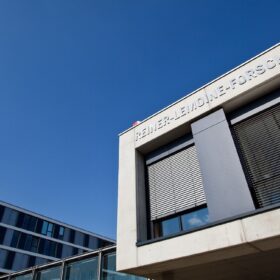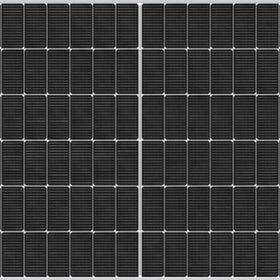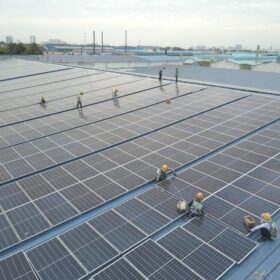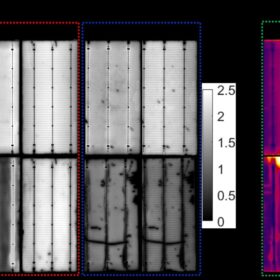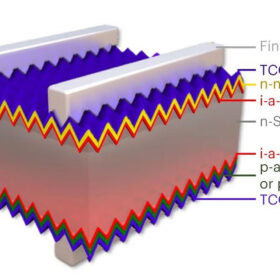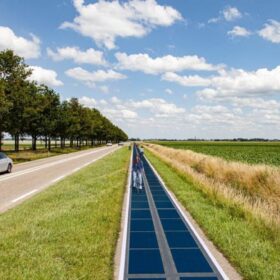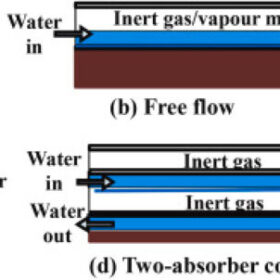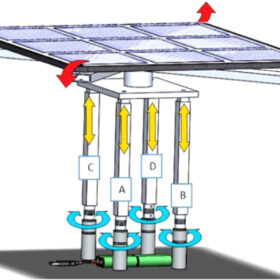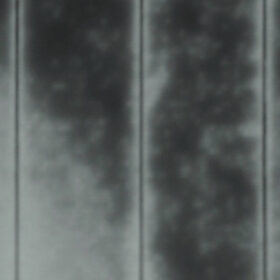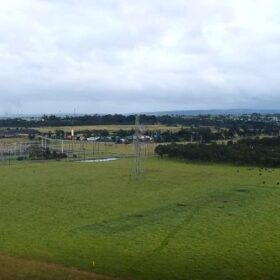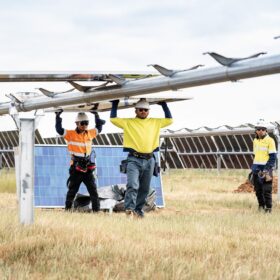Qcells builds pilot line for perovskite-silicon tandem PV cells in South Korea
Qcells says it is building a pilot line for perovskite-silicon tandem solar cells that will start operations later this year in South Korea. It is working closely with its team in Germany, where it has already established another pilot line for tandem cells.
Sharp unveils 570 W TOPCon solar panel with 22.07% efficiency
Sharp’s new IEC61215- and IEC61730-certified solar panel offers a power conversion efficiency of 22.07% and a bifaciality of more than 80%. The operating temperature coefficient is -0.30% per C and its power tolerance is 5%.
Vietnam’s solar development moves to rooftops, net metering
The Vietnamese government has announced a USD 135 billion ($200 billion) energy strategy, with half of the country’s residential rooftops to be equipped with PV systems under a net-metering scheme. The nation also aims to become a power exporter by the end of the decade.
Australian scientists warn of heat-induced failure risks in HJT glass-backsheet PV modules
University of New South Wales researchers have identified four failure modes caused by damp heat in heterojunction solar panels with a glass-back sheet configuration. The failures could result in power losses ranging from 5% to 50%.
A closer look at Longi’s world record-breaking, 26.81%-efficient heterojunction solar cell
An international research group led by Longi Central R&D Institute has published a paper describing Longi’s heterojunction solar cell based on a full-size silicon wafer that made a sensation in November, as it beat the long-lasting efficiency record held by Japanese manufacturer Kaneka for years. The researchers attributed the cell efficiency improvement to the implementation of a p-type amorphous silicon hydrogenated layer together with a modified transparent conductive oxides contact, which they said greatly reduced the cell contact resistivity.
Construction begins on solar cycling path in Netherlands
Local government in the Dutch province of North Brabant will deploy a 500-metre-long solar array on a bike track and test its performance over a five-year period. The PV system will be integrated into the asphalt top layer and will consist of 600 solar panels of an unspecified type.
All photovoltaic-thermal system designs at a glance
An international research team has presented all possible system designs and applications for photovoltaic-thermal (PVT) technology. Their review includes conventional PV-T collectors, air-based systems, liquid-based installations, water-based collectors, refrigerant-based systems, heat-pipe-based technologies, dual air-water systems, building-integrated PVT arrays, and concentrated PVT collectors.
Low-cost, portable sun-tracker for offgrid solar
Mauritian researchers have developed a solar tracker prototype that increases current by around 37%. The device uses a simplified and mechanical tracking system.
Study shows n-type bifacial TOPCon cells more prone to degradation than p-type
Dutch scientists have reported higher degradation risk for n-type TOPCon cells with EVA encapsulant due to potential moisture degradation. Front-side metallisation makes n-type cells more vulnerable than p-type cells, according to damp heat tests.
Agrivoltaics for grape farms
Researchers in Hong Kong have designed an agrivoltaic system that uses blockchain tech and smart contracts to reduce uncertainties between PV system operators and grape farmers. The proposed system uses rainwater to clean solar panels and provide irrigation.

